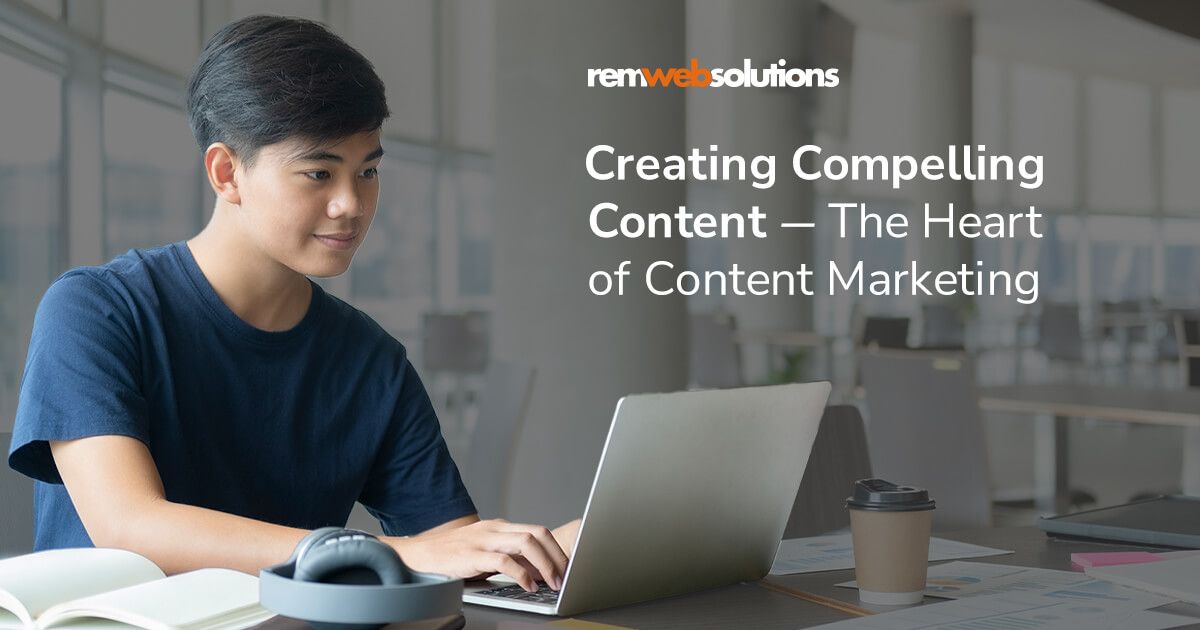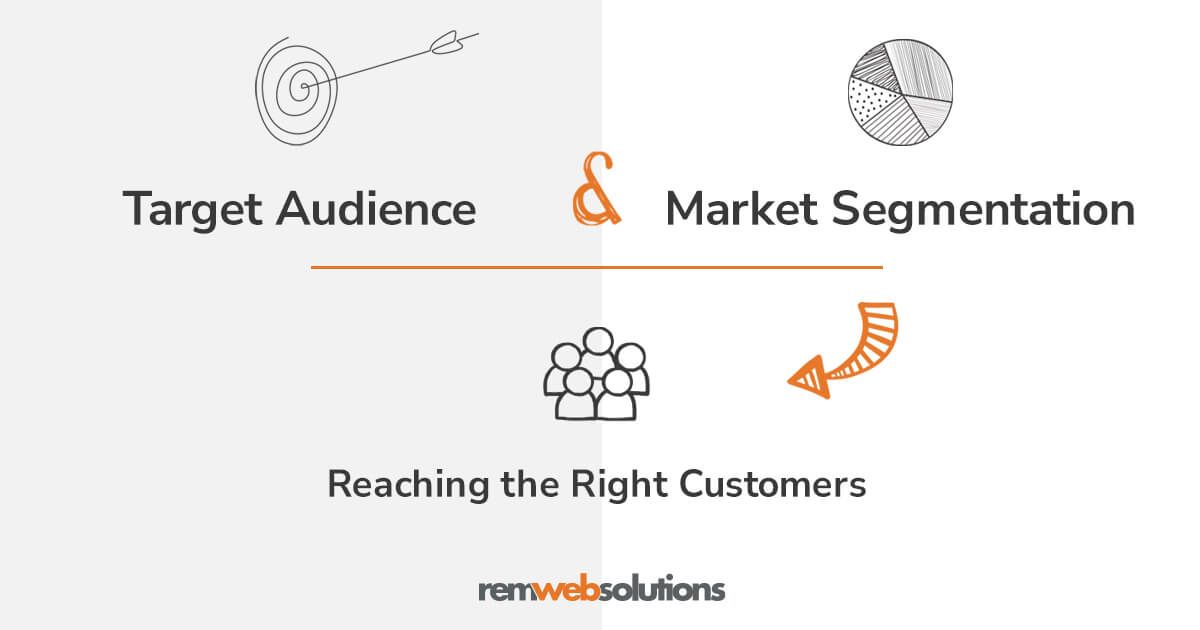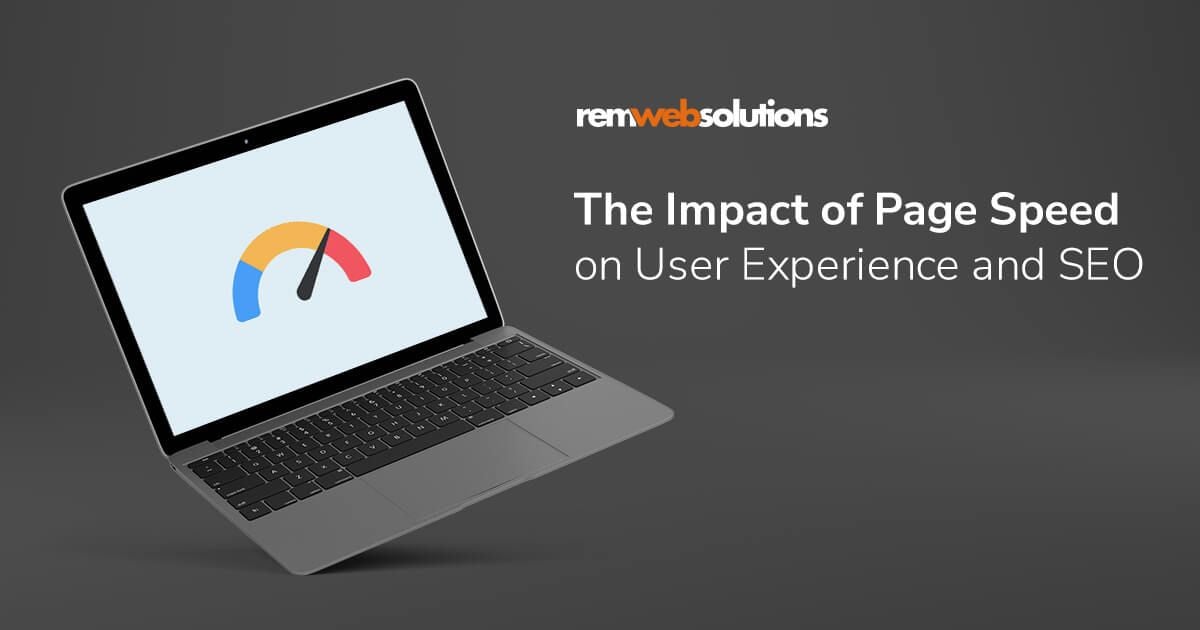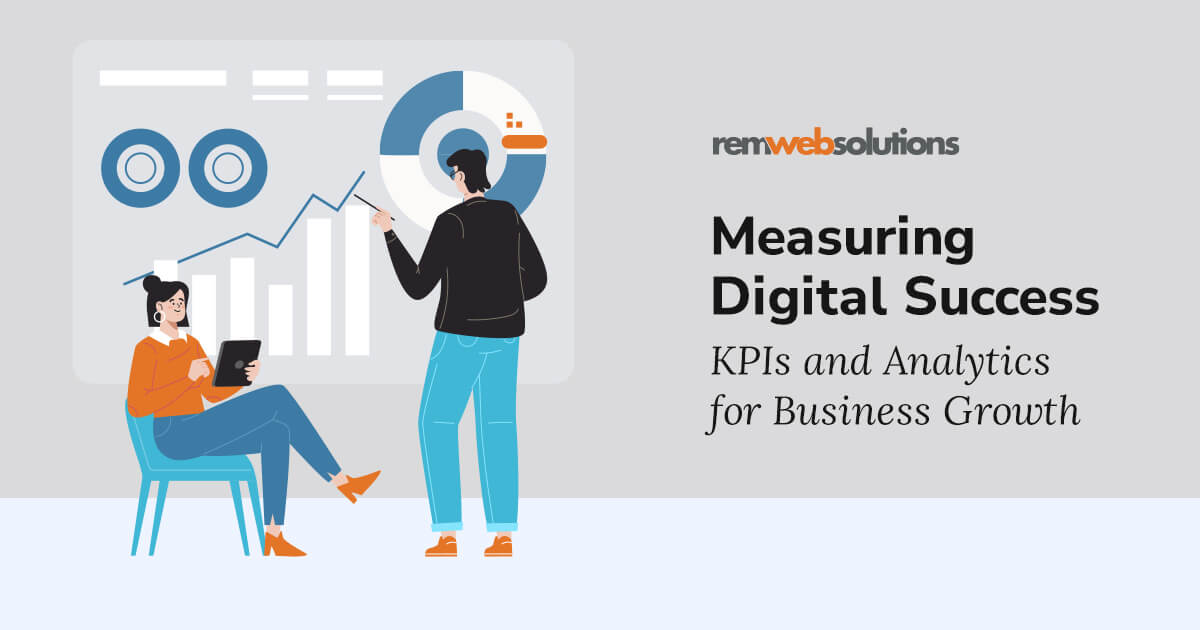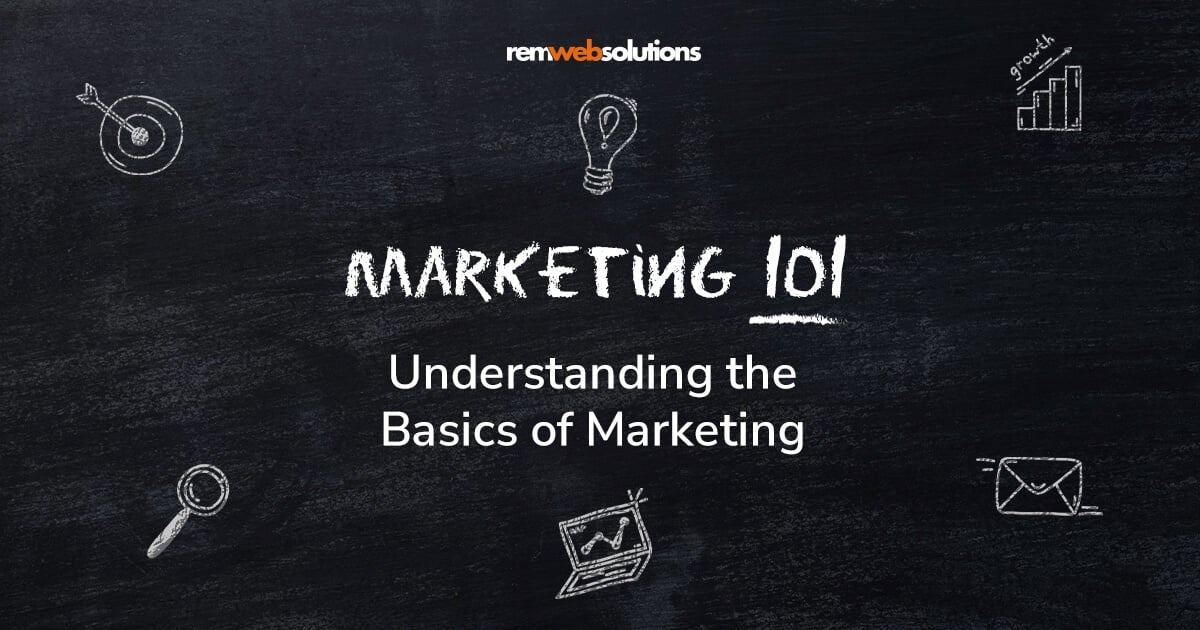
The marketing landscape has existed for years and has been the boon of many businesses looking to reach new audiences. With the introduction of the internet, digital marketing has become a booming business sector that can help any business, including yours, grow to new heights.
When it comes to marketing for your business, there is a wealth of information available about what you should/shouldn’t do and the best way to optimize your content. Naturally, this can lead to feeling overwhelmed and not knowing precisely where to start.
Luckily for you, REM Web Solutions has… the solution! We’re experts in the field of digital marketing and have a skilled team of professionals who can offer some insights into the basics of marketing to get you started.
So, shall we talk marketing?
What is Digital Marketing?
Digital marketing utilizes several digital channels, platforms, and technologies to promote your business's products, services, and brand to a specifically targeted audience. It uses online tactics and strategies aimed at engaging prospective customers, helping you to generate leads and drive sales.
Here's a breakdown of how it all works:
- The concept of a target audience: The first step in a successful digital marketing campaign is to identify and understand who your target audience is. This involves researching the demographics of people interested in your product, their interests, and preferences, and then developing a detailed burger persona. Understanding your target audience helps you to better calibrate your campaign to appeal to those most likely to take an interest and purchase your products or services.
- Setting objectives and goals: Digital marketing campaigns are driven by specific objectives and goals. These could include increasing brand awareness, driving website traffic, generating leads, or boosting sales. Setting goals for your business
- Creating compelling content: Content is at the heart of digital marketing, and luckily, it’s something we specialize in. Whether it’s blog posts, videos, infographics, social media posts, or email newsletters, creating high-quality, relevant content is essential for engaging and attracting your target audience.
- Implementing strategies and tactics: Once the channels and content have been chosen, digital marketers implement several strategies and tactics to reach and engage your target audience. This can involve keyword research and optimization of SEO, A/B testing ad creatives for PPC campaigns, or crafting engaging social media posts.
- Analyzing and measuring performance: Digital marketing provides valuable data and analytics that allow marketers to track the performance of their campaigns in real time. You can measure through metrics such as website traffic, conversation rates, click-through rates, engagement metrics, and return on investment (ROI) are monitored to evaluate the effectiveness of marketing efforts.
- Optimizing and iterating: Based on the aforementioned insights gathered from analytics, digital marketers continuously optimize and refine their strategies to improve your results. This might involve tweaking ad targeting, adjusting content strategies, or reallocating budgets to better-performing channels.
Choosing the Best Channels
Digital marketing is a wonderful thing because it offers a myriad of channels to reach prospective customers, including:
- Search engine optimization (SEO): Optimizing your website content to rank higher in search engine results pages (or SERPs).
- Content marketing: Creating and distributing relevant content, like videos, infographics, ebooks, or blogs posts about your business, to bring in and engage your target audience.
- Social media marketing: Leveraging social media platforms like Facebook, Instagram, X (formerly known as Twitter), LinkedIn, and so on, to connect and interact with your customers.
- Email marketing campaigns: Sending targeted emails to subscribe to promote your products, share updates about your business or products, or nurture potential leads.
- Pay-Per-Click (PPC) Advertising: Putting ads on search engines or other websites and paying only when users click them.
- Influencer marketing: If applicable, you can collaborate with influencers to promote products or services to their followers.
- Affiliate marketing: Partnering with affiliates to promote products or services in exchange for a commission on sales.
Some Interesting Statistics to Consider
According to a survey conducted in 2023, approximately 58% of shoppers in the U.S. mentioned they bought something they found on social media. Alternatively, in the UK, 44% of people and in Germany, 40% said they did the same after discovering a product on social networks.
Putting out digital ads can boost your brand awareness by 80%. Not to mention, if people see those ads, they're a staggering 155% more likely to search for your brand-specific terms later! This is a pretty effective strategy for businesses trying to build their brand.
The effectiveness of digital marketing goes a long way. 66% of marketers were able to increase their company's credibility and trustworthiness through digital marketing tactics. Increasing your credibility and trustworthiness is a surefire way to not only attract more customers but retain them.
Considering you’re reading a blog right now, it should be no surprise that 33% of marketers say blogs have improved their overall marketing strategy. Speaking of blogs – content with relevant images get 94% more views than content without relevant images. Visual content is more likely to be shared 40 times more than other sorts of content across social media.
Exploring the Benefits of Blogging for Brand Awareness
Digital marketing is a bit like a toolbox. Each tool has its purpose, from social media to email campaigns. But we want to shine a spotlight on one tool in particular: your company blog.
Blogs aren’t just another old marketing channel – they tie all your digital marketing efforts together.
- Blogs pump life into your SEO efforts by feeding it rich, engaging content.
- Blogs are a treasure trove for your social media channels, giving you something new and relevant to share with your followers.
- Through email marketing, blogs keep the conversation going with your audience and keep you top-of-mind.
- On top of everything else, blogs help you stand out as a go-to expert in your field.
Blogs are an excellent way for your audience to get to know you and your business, as well as your team.
If you’re anything like us, you have a team of people behind your blog with their own unique voices. They bring your content to life, offer you new perspectives, educate you on their business’s products and services, and even inject a little bit of self-promotion and humour into their content. Wink-wink.
Blogs are articles constructed with your business and goals in mind. These articles contain information, opinions, ideas, and commentary about a specific topic, but in terms of marketing, they usually contain information about your business's products and services.
Alternatively, they can also be about events or milestones that are going on in your business. They can be interactive and provide spaces for readers to comment on the content. Blogs also generate relevant content for a website and can provide the foundation for product marketing and social media promotion to help drive search engine traffic to your site.
Understanding the Purpose of a Blog
You need to know what you want to accomplish with a blog before you launch one. Otherwise, you could be lacking some key direction.
Blogs attract website traffic, establish customer trust, and elevate your credibility as a company. Marketing is a continuously changing landscape, and utilizing blogs as an advertising strategy is a good way for businesses to reach their current or potential customers.
Blogs can help develop deeper relationships by providing a greater insight into your business's unique personality and brand. The key to keeping these relationships positive is to post consistently and keep the content quality high. This allows you to connect with people through the business's website and/or social media platforms.
Blogs also increase your brand awareness, which, as mentioned, is an essential part of digital marketing. Credibility and awareness can even lead to word-of-mouth promotion and sales.
What Skills Do You Need to Have a Quality Blog?
The hardest part of blogging is keeping content relevant and interesting, that much is true. Having said that, many of us have the skills required to create a blog. As long as you can read, write, and are willing to learn new software, you have the soft skills required to get the job done. However, you need to ask yourself a few questions:
Are you able to articulate a topic interestingly and engagingly?
Do you have the time and resources to keep up a consistent schedule?
Are you able to critique and edit your content efficiently?
Do you have a good understanding of SEO optimization and how to gear your content towards a specific audience?
Are you able to manage your time and keep up a consistent content flow?
These are important skills to have if you plan on maintaining a good blog.
Marketing 101: Closing Considerations
The digital marketing landscape is always changing, and having a good basis of knowledge can help you and your business grow with the times. Reaching your targeted audience, and engaging them with blogs, campaigns, and targeted ads – all of these are elements that can improve your business and its credibility.
REM Web Solutions regularly updates our blog with pertinent information on everything you need to know about the digital marketing landscape, so you can trust that we have your back.





